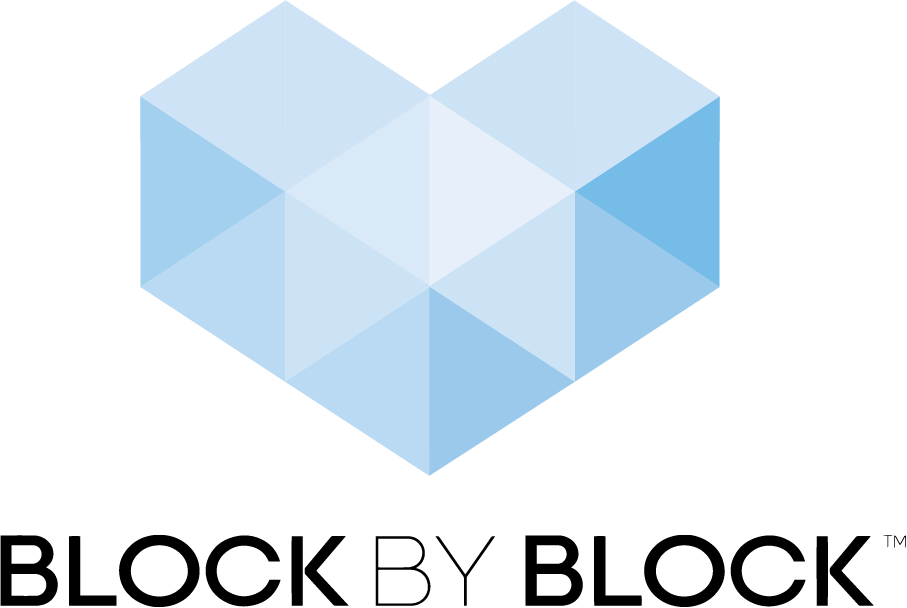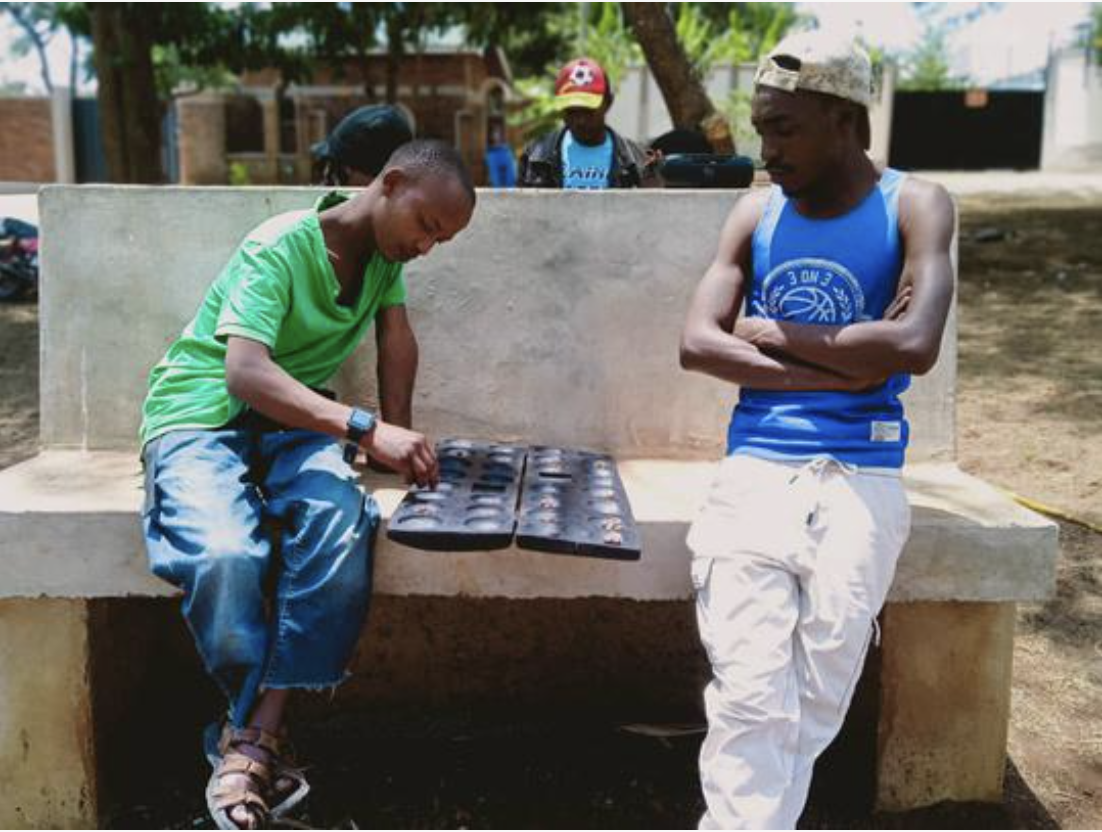Revitalizing Community Space in Arusha, Tanzania
Revitalizing Community Space in Arusha, Tanzania
Block by Block partnered with UN-Habitat to revitalize Lemara Public Park using a "lighter, quicker, cheaper" approach that better serves low-income residents.
Revitalizing Community Space in Arusha, Tanzania
Arusha, Tanzania
Project types: Park rehabilitation
Collaborators: UN-Habitat, HealthBridge, Urban Planning for Community Change
Region: Africa
Tags: children and youth, multigenerational use, social inclusion and human rights, economic opportunity, micro-interventions
Background
In the Lemara ward of Arusha, Tanzania, low-income residents lacked access to quality public spaces for community gathering and recreation. Lemara Public Park was underutilized, failing to serve as the vibrant community hub it had the potential to become. With limited resources and basic facilities, the park struggled to attract visitors or foster the kind of community interaction that strengthens neighborhoods.
The challenge was clear: how to transform an underperforming public space into a welcoming community asset without extensive resources or lengthy development timelines. For residents of Lemara ward, having access to a functional, safe public space would mean opportunities for social connection, recreation, and community building that were previously unavailable.
The solution lay in embracing a "lighter, quicker, cheaper" approach—a strategy that prioritizes immediate impact and community needs over elaborate infrastructure. This methodology recognizes that meaningful improvements don't always require massive investments, but rather thoughtful interventions that address real community priorities.
Building Community Engagement, Block by Block
Creating lasting change in public spaces requires genuine partnership between residents, local government, and implementing organizations. The project team worked closely with both city officials and the local community to ensure that improvements would align with urban development priorities while truly serving resident needs.
Collaboration began with the Town Planning Department to understand how the park improvements could support broader urban development goals. This institutional buy-in was essential for securing approvals and ensuring the project's sustainability within the city's planning framework.
Community engagement centered on a meeting with 13 residents, including committee members and the street chairperson, who helped identify the most important design interventions. This collaborative process was guided by practical considerations including costs, available materials, and the ability to complete work within a short timeframe. The approach ensured that improvements would be both meaningful to residents and achievable within project constraints.
The community-driven selection process resulted in a clear priority list: a community toilet to address basic sanitation needs, play and game equipment to attract families and young people, benches for comfortable gathering, and grass to create a more welcoming green environment.
Progress
The transformation of Lemara Public Park demonstrates how strategic, community-driven improvements can revitalize underutilized spaces. Implementation was completed in August 2024, and the impact has been immediate and measurable. Daily park usage has increased, and early feedback indicates that the space is successfully attracting more young people who enjoy the new gaming facilities.
The "lighter, quicker, cheaper" approach proved effective in delivering meaningful change without extensive resources. The addition of essential facilities—community toilet, play and game equipment, benches, and grass—addressed the most pressing community needs while creating a more welcoming environment for all ages.
The project's success extends beyond immediate usage numbers. Future projections suggest that visitor numbers could triple, especially on weekends, once the park is officially reopened to the public. This anticipated growth reflects the community's enthusiasm for the improvements and the park's potential to become a true neighborhood gathering place.
The collaborative approach has also strengthened relationships between residents and local government. By working together to identify priorities and implement solutions, the project has created a model for community-driven development that can be replicated in other areas of Arusha.
The revitalized park now serves as a community asset that enhances quality of life for Lemara ward residents, providing essential facilities and spaces for recreation, social interaction, and community building. The project demonstrates that thoughtful, community-centered improvements can transform public spaces and strengthen neighborhoods, even with limited resources.



